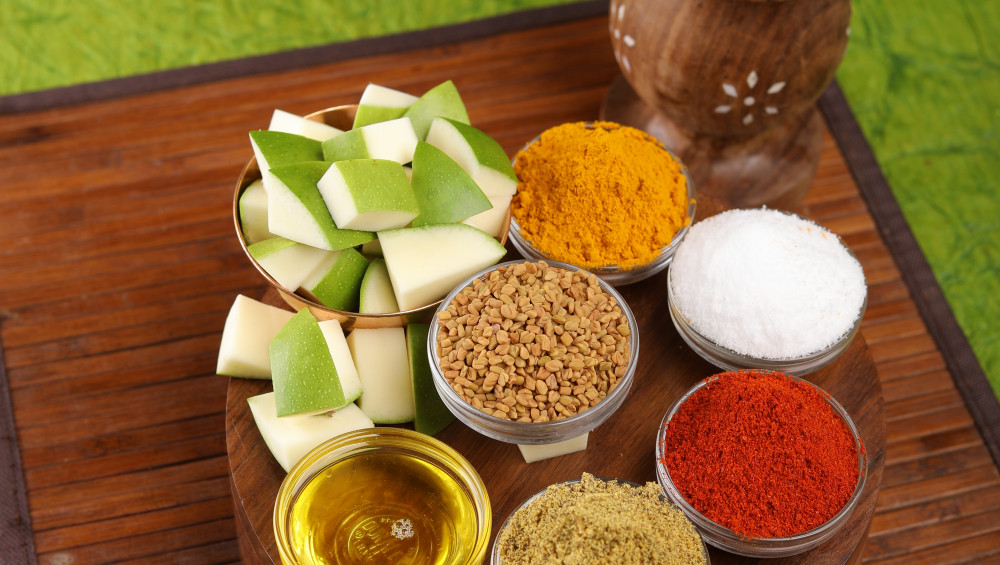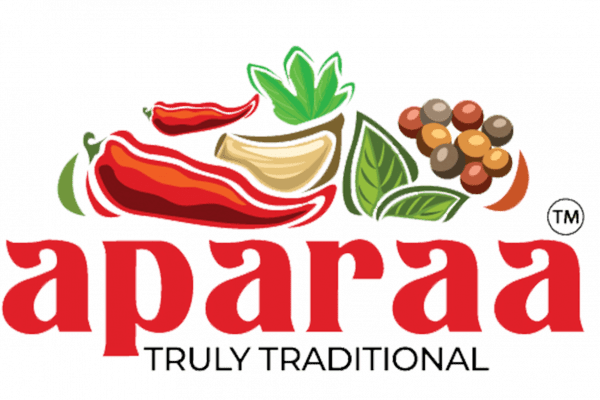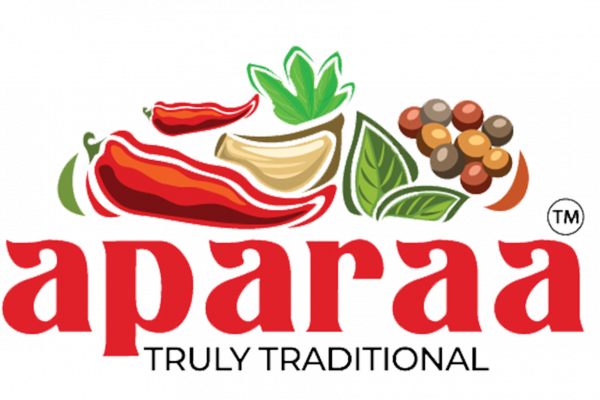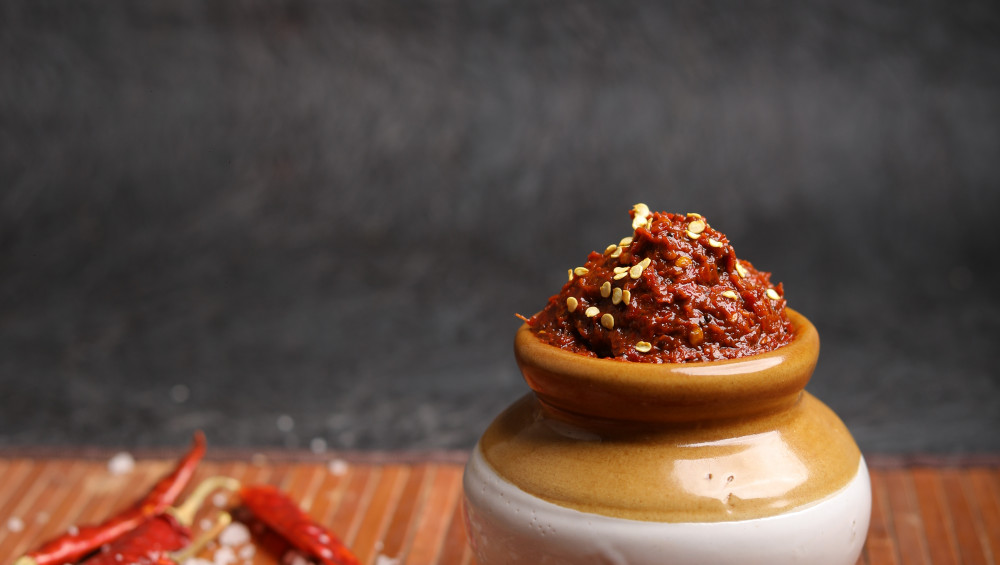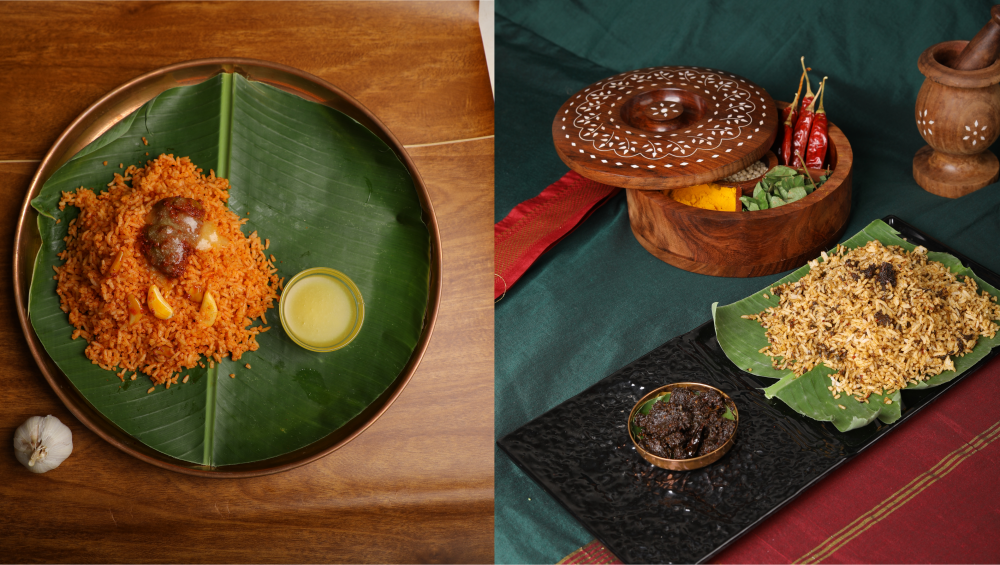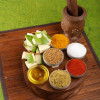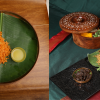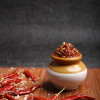With every year comes a whole new chapter of trends and social standings. Veganism and organic homemade products have reached the peak in our markets where people are looking to make more conscious choices. Looking for healthy options that do not utilise preservatives and artificial agents have become a priority for many consumers including that of the humanitarian angle. A large shift can be seen globally as people are moving away from mass-produced FMCGs and towards small homemade and domestic businesses. This not only benefits the economy but also the health and attitude of consumers.
